The EVM Factor: Analyzing the Potential Impact of Ethereum Compatibility on Bitcoin Layer 2s
This article explores the details of the EVM, explaining its functionality, importance, and how it integrates with the Bitcoin blockchain.
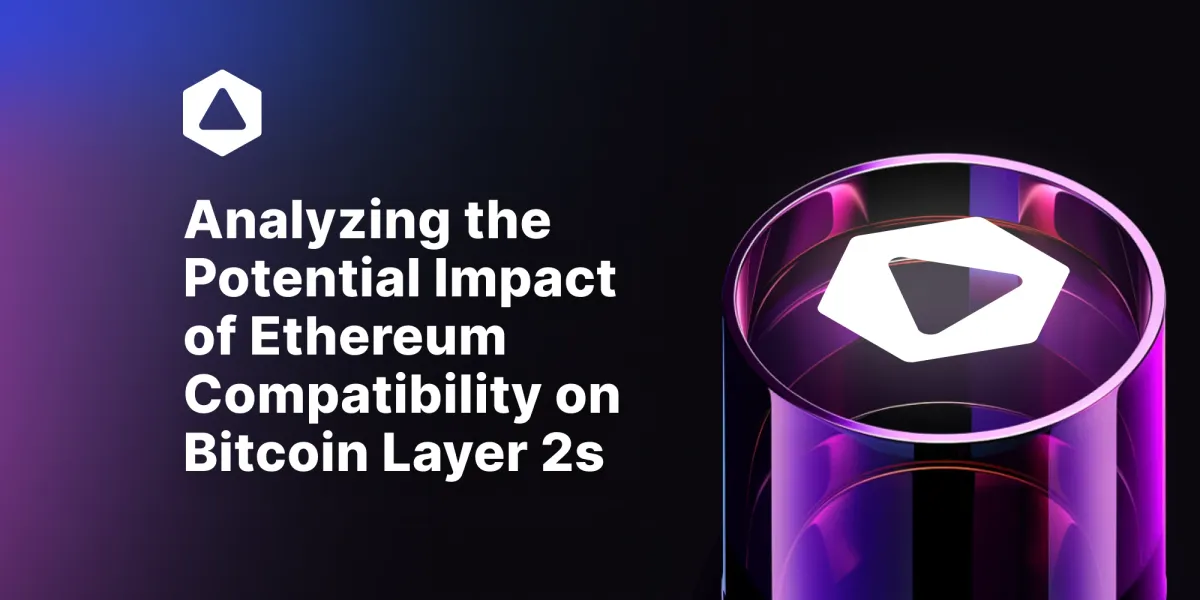
Since the launch of the Ethereum blockchain, numerous innovations have seen their birth in the crypto industry, particularly enhancing the utility of what early blockchains like Bitcoin offered. One significant innovation is the Ethereum Virtual Machine (EVM).
Layer 2 solutions on the Bitcoin blockchain aim to become compatible with this EVM. These efforts seek to bridge the technological and operational gaps between established EVM chains and emerging Bitcoin Layer 2 infrastructure.
Before discussing the role and impact of the EVM on the next generation of layer 2 blockchains enhancing Bitcoin, we must fully understand the concept of the Ethereum Virtual Machine - EVM.
What is the Ethereum Virtual Machine (EVM)?
The Ethereum Virtual Machine (EVM) is essentially a cloud computer operated by a network of decentralized nodes worldwide. Unlike a traditional single computer, the EVM comprises thousands of computers globally, each that could run in theory by individuals. This decentralized nature provides a more secure processing of smart contract transactions across the Ethereum network.
To understand how the EVM functions, think of it as a virtual computer with components such as memory storage and computation units, but without the need for physical peripherals like monitors, keyboards, or mice.
The EVM's primary role is to execute smart contract transactions and facilitate the deployment of decentralized applications (dApps) that are currently disrupting several sectors. Besides this, the EVM also offers other benefits, including its role in the consensus mechanism that secures Ethereum, and ensures its interoperability by verifying transactions.
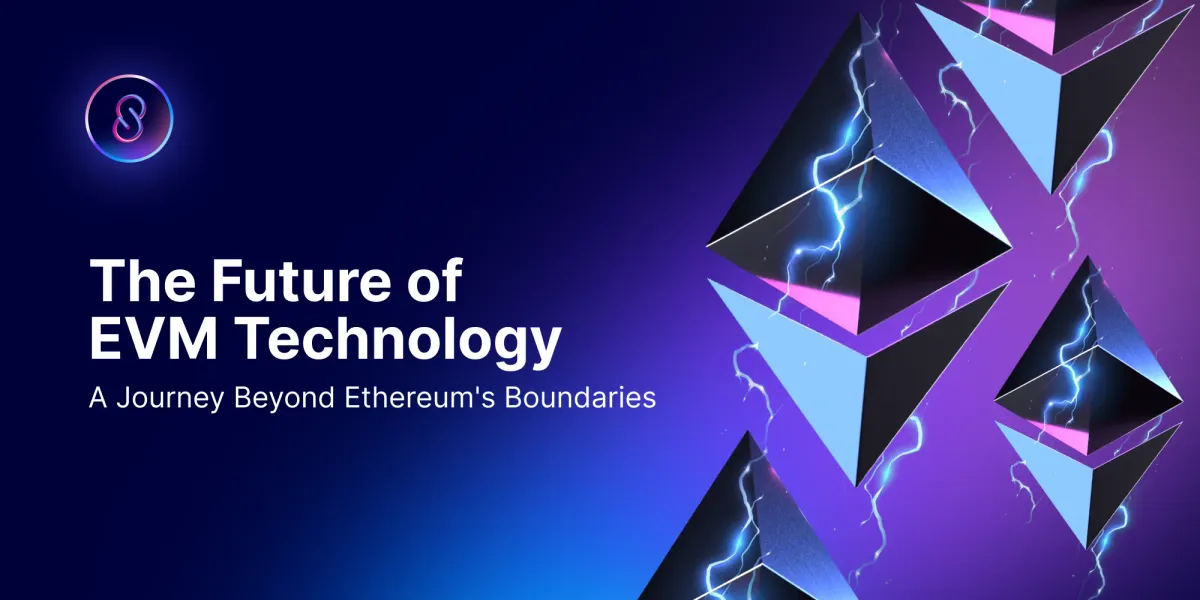
How Does the EVM Function?
Several components come together and enable the the EVM, including its turing completeness, gas economy, decentralized network, statelessness, and deterministic nature.
Let's go over what each of these means and their role in the EVM's overall functionality.
- Turing Completeness: Turing completeness means the EVM can execute any program that a conventional computer can run, enabling the creation of complex applications on compatible blockchains.
- Decentralized Node Network: The decentralization of the EVM means it is not controlled by any single entity, making it a more transparant option than the traditional centralized servers. Its decentralized nature ensures there is no single point of failure, which significantly reduces the risk of system-wide hacks or data manipulation.
- Statelessness: The EVM does not retain any memory of its past state. Each time a transaction is executed, it starts from a clean slate. This design is critical for its security; if the EVM could remember past states, attackers could potentially exploit this memory to manipulate transactions or duplicate tokens.
- Deterministic Nature: This means that when same inputs are given, the EVM will always produce the same outputs. This uniformity is important for maintaining the integrity and security of operations on all the compatible blockchains.
- Gas Economy: The EVM operates on a gas-based system, where each instruction executed costs a certain amount of gas. The sender of the transaction pays for the gas, and the cost depends on the complexity of the transaction. Simple transactions use less gas, while more complex ones, like those interacting with smart contracts, use more. This system helps prevent spam on the network but can make complex transactions expensive.
These core features signify the foundation of the EVM, which enables the deployment of smart contracts and thus the development of dApps. Very interesting for every builder that has the irresistable urge to build.
EVM Implementation Across Various Blockchains
With the immense benefits provided by the revolutionary EVM, several blockchains have opted not to start from scratch but to form EVM-compatible chains.
EVM-compatibility means that these blockchains can interact with the Ethereum Virtual Machine.
This compatibility allows for greater interoperability between these chains and all the know-how of what has been build on Ethereum.
This means projects and applications can easily migrate from one EVM-compatible blockchain to another. This flexibility reduces restrictions on the blockchain, promoting broader adoption of open projects and dApps.
While many Layer 2 of Ethereum blockchains have created environments to facilitate EVM compatibility, Layer 2 solutions on Bitcoin also seek to do the same. To understand how and why this is happening, we must first comprehend what Bitcoin Layer 2 solutions are. There are multiple solutions, as we will discuss below.
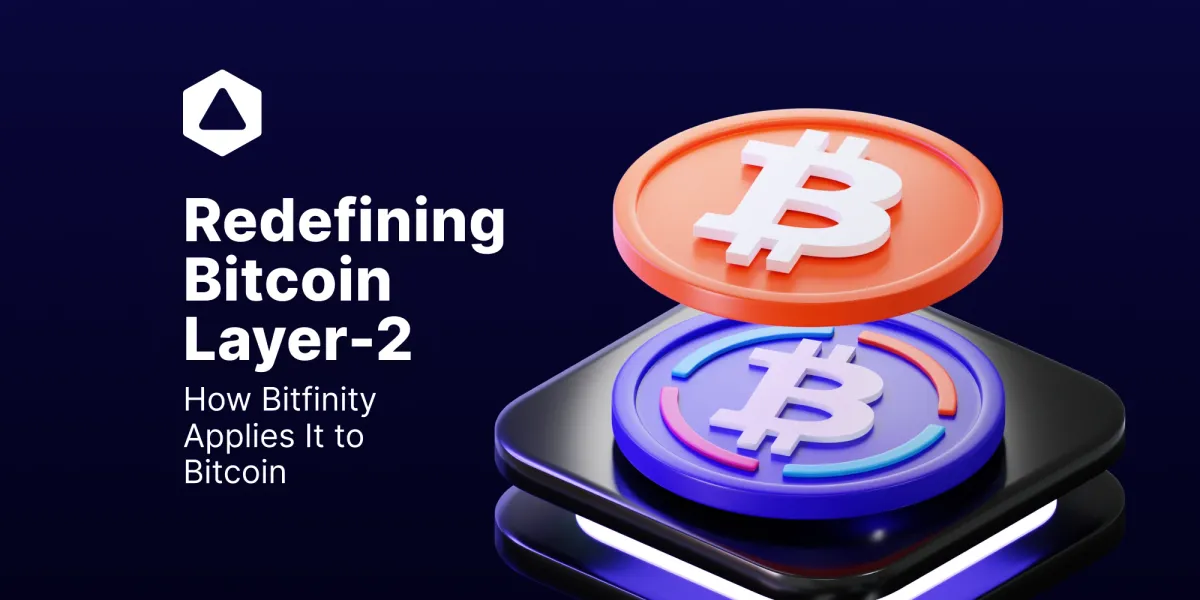
Understanding Bitcoin Layer 2 (L2)
Bitcoin Layer 2 solutions are technologies built to address some of the inherent issues associated with the Bitcoin blockchain, such as the lack of scalability and high transaction fees during congestion.
This expansion allows the Bitcoin blockchain to support more utilities beyond the original vision of the Bitcoin whitepaper, and more importantly want to introduce the support of smart contracts and decentralized applications done by the implementation of the EVM. A move which could be significant as it opens the Bitcoin network to benefit from 13 million addresses that use Ethereum monthly.
What is the Bitfinity EVM
Bitfinity is a blazingly-fast, next-generation EVM, serving as a Layer Two for Bitcoin and other Bitcoin on-chain assets and lets you deploy smart-contracts for Bitcoin, Ordinals, BRC-20, fully written in Solidity.
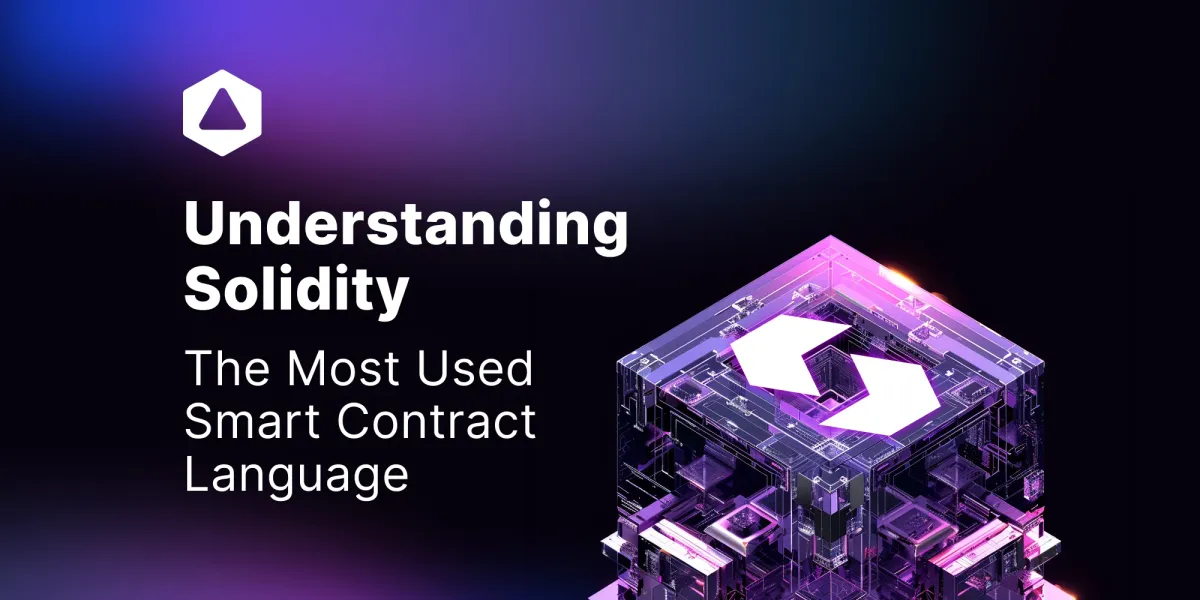
Layer 2 solutions are ubiquitous and primarily rely on zero-knowledge cryptography or optimistic rollups to create secure bridges between the base layer-1 chain and the layer-2.
Bitfinity instead uses a threshold cryptographic scheme, called Chain-Key, to create a secure decentralized bridge between Bitfinity and the Bitcoin blockchain.
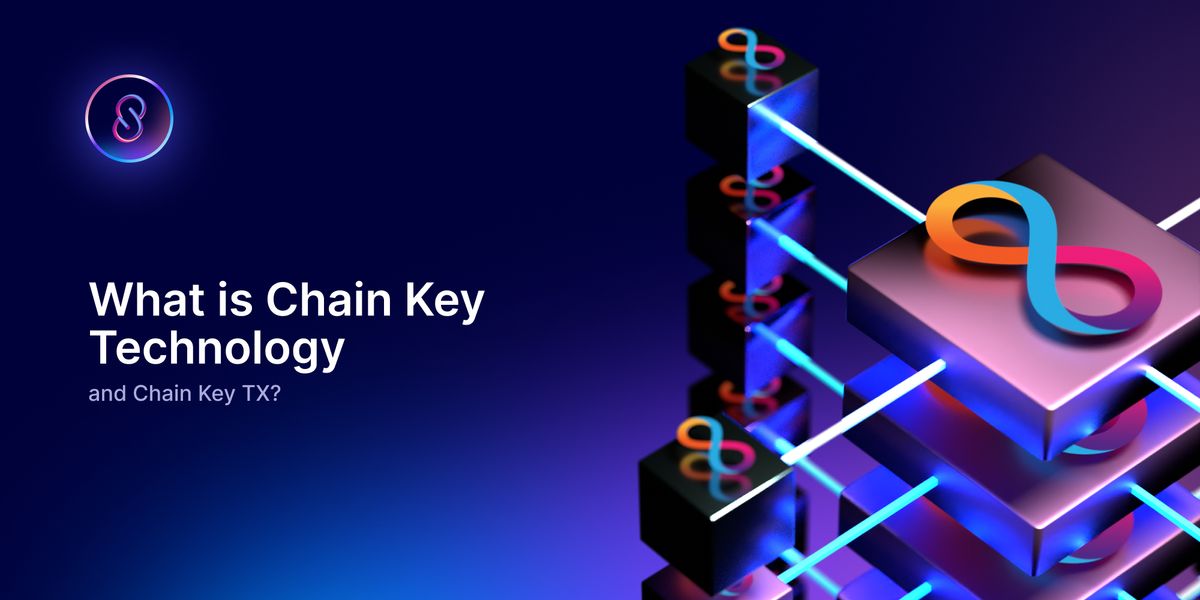
Chain-key is unique, in that no single node ever has access to the threshold key; the threshold key shares are regenerated on a periodic basis every 11 minutes through "moon-math".
Bitfinity is an Ethereum Virtual Machine delivering a turn-key solution for developers to operate their apps on an fully Ethereum-compatible, high-throughput, scalable, with low transaction costs for their users.
Why Is EVM Compatibility Important for Bitcoin L2s?
The rationale behind integrating EVM compatibility in Bitcoin L2 solutions is multifaceted. Thanks to its widespread adoption and deep developer ecosystem, the Ethereum Virtual Machine has become the standard for executing smart contracts and managing state transitions on many blockchain networks.
By adopting EVM compatibility, Bitcoin L2s can tap into an existing pool of development tools, smart contracts, and large community of developers that are ready to build. This could accelerate development within these L2 networks and expands the functionality and appeal of a more complex Bitcoin user base.
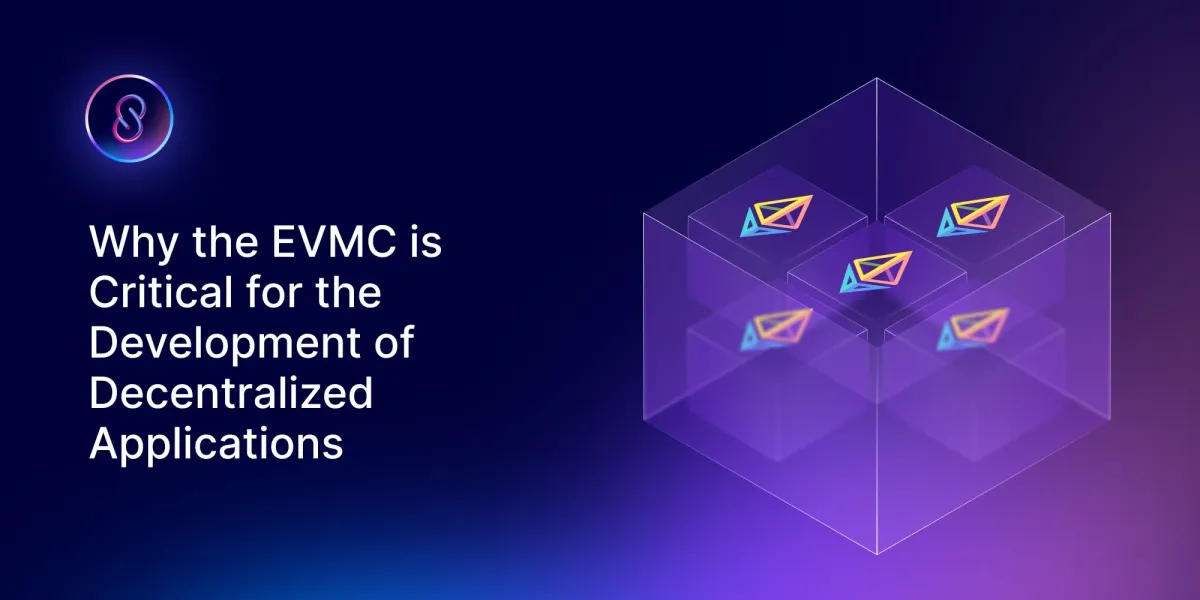
Other Bitcoin Layer 2 Projects That Support EVM
Several Bitcoin Layer 2 solutions have been launched, each with different approaches to achieving the overarching goal of onboarding more utilities to the Bitcoin blockchain.
- Rootstock (RSK): Which is notably one of the earliest Bitcoin L2 solutions facilitating the development of decentralized applications on the Bitcoin blockchain. It uses a unique mechanism called merge mining, which allows it to benefit from the security of Bitcoin by using miners' hashing power to secure it.
- BEVM: A Bitcoin L2 solution that addresses Bitcoin's scalability issues and adds a new layer of utility by supporting the EVM and enabling the deployment of smart contracts and dApps on Bitcoin. It combines Bitcoin Taproot technology and light nodes, benefiting from Bitcoin’s proof of work (PoW) while utilizing proof of stake (PoS).
- Syscoin: Similar to Rootstock, Syscoin is a Bitcoin L2 that also utilizes the merge mining mechanism. While it opens up the possibility for the creation of dApps, Syscoin takes it a step further by implementing a novel model referred to as proof of data availability (PoDA). This allows it to leverage Bitcoin's security and decentralized features while introducing increased transaction throughput and scalability.
- SatoshiVM: SatoshiVM, or Satoshi Virtual Machine, is a Bitcoin L2 that operates as a sidechain to the Bitcoin chain and functions as a zero-knowledge (ZK) rollup, providing compatibility for the EVM.
- Citrea: Similar to SatoshiVM, Citrea provides additional capacity to the Bitcoin blockchain, allowing the launch of several decentralized applications, all powered through zero-knowledge (ZK) technology.
- Map Protocol: A cross-chain interoperability solution that aims to connect diverse blockchains, including various Bitcoin Layer 2s. It utilizes a secure and efficient omnichain infrastructure, facilitating smooth communication and interaction between different networks.
- Bsquared Network: Or B2 Network, directly integrates Bitcoin with the Ethereum ecosystem by creating a Substrate-based blockchain that is fully compatible with the EVM. This allows developers to deploy existing Ethereum dApps on the B2 Network, expanding the range of applications available on Bitcoin.
Several other Bitcoin L2 solutions are opening up the Bitcoin blockchain to more previously siloed opportunities; through better utility and functionality.
Advantages of EVM-Compatible Bitcoin L2s
So, why is the integration of EVM-compatible Bitcoin L2s needed? Well, there are six major benefits. Let’s go over them.
- Integration with Established Smart Contracts: EVM-compatible Bitcoin L2s can easily integrate widely-used smart contracts and developer frameworks, predominantly designed for the EVM.
- Access to a Large Developer Community and Resources: In 2023, a significant majority of blockchain developers (87%) were actively engaged in building on EVM-compatible chains, and also over 16,000 new developers joined the Ethereum blockchain in 2023. It is access to these resources that makes launching products more effective, fast, and integrated.
- Higher Liquidity and User Adoption: EVM chains hold a substantial portion of the market's total value locked (TVL), which is significant capital and user engagement. But it works both ways, as EVM-compatibility means the liquidity of Bitcoin can be used. Which is by far the biggest in whole crypto.
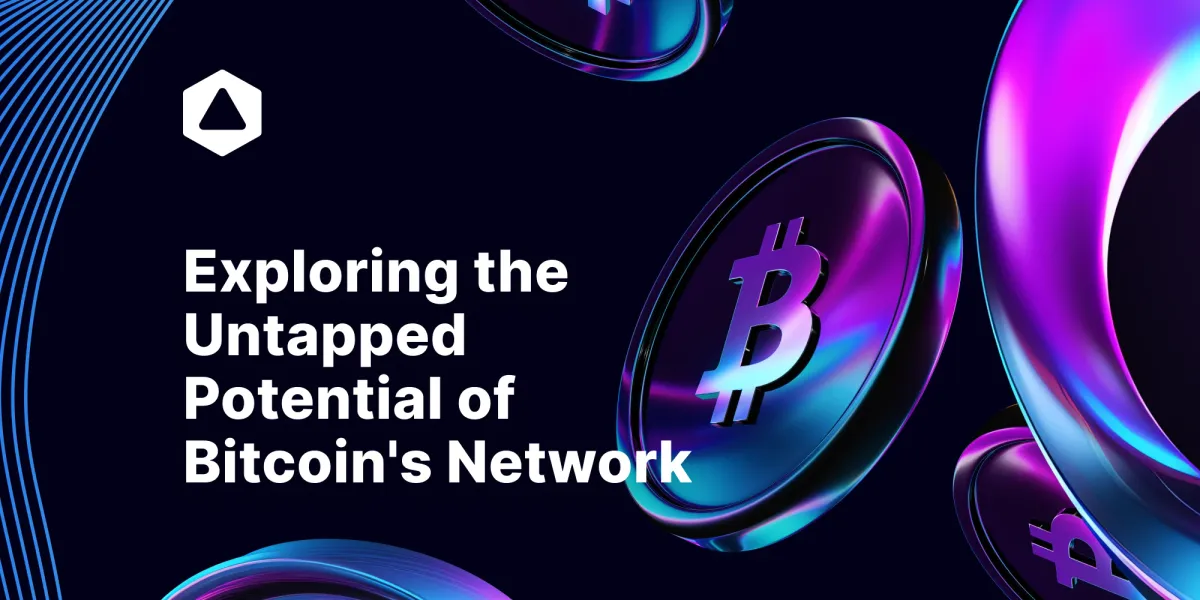
- Attracting New Users and Developers to Bitcoin Layer 2s: This opens up Bitcoin Layer 2s to benefit from the influx of thousands of users interacting with the Ethereum blockchain. Additionally, it will attract thousands of new and existing developers from the Ethereum blockchain.
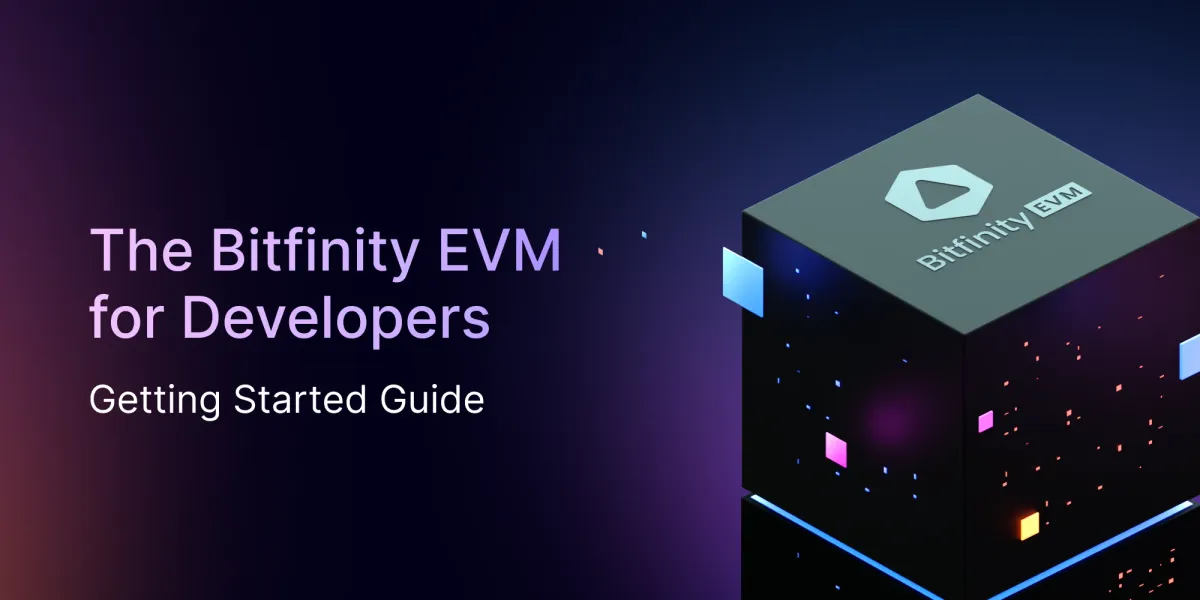
- Increased Interoperability Between Bitcoin and Ethereum: With EVM compatibility introduced via Bitcoin L2s, there is a smooth interaction between the Bitcoin and Ethereum blockchains, allowing users and developers to benefit from both.
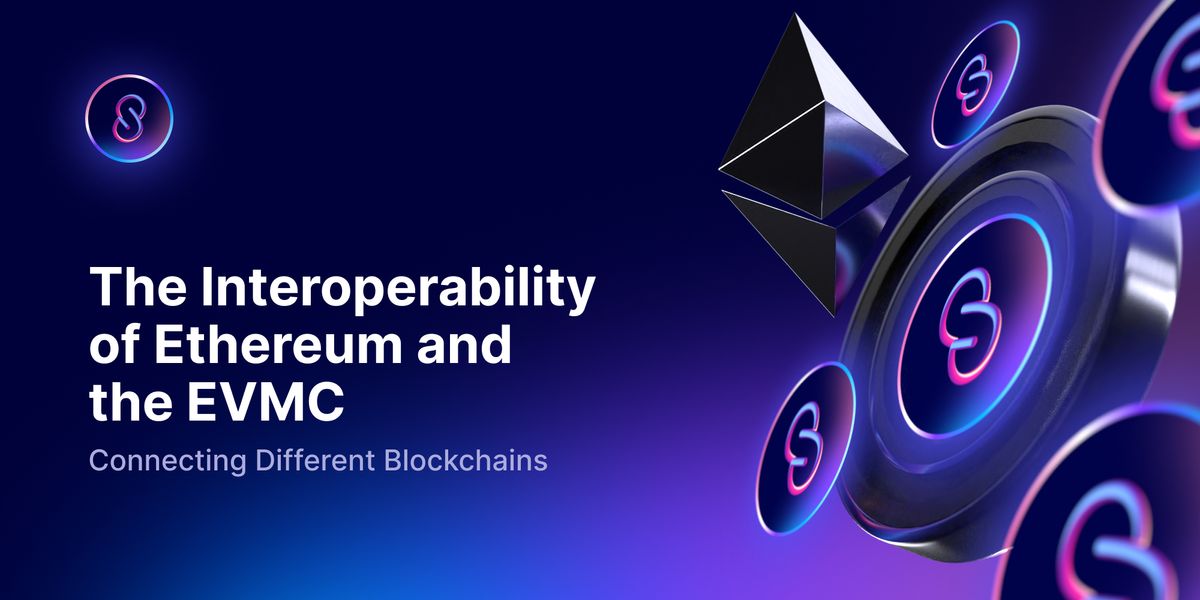
Challenges in Implementing EVM Compatibility on Bitcoin Layer 2s
Technical Differences Between Bitcoin and Ethereum: One significant challenge in achieving interoperability between Bitcoin and Ethereum — through EVM-compatible Bitcoin L2 — is the technical disparity in processing transactions.
Bitcoin relies on the UTXO (Unspent Transaction Output) model, while Ethereum uses an account-based model. Additionally, the consensus mechanisms differ — Bitcoin uses proof of work (PoW) and Ethereum uses proof of stake (PoS) to validate transactions. These differences result in operational and security disparities.
Potential Security Risks and Vulnerabilities: Ensuring compatibility between two blockchains introduces security risks. Since both chains approach security differently, the potential for vulnerabilities is present.
Creating a risk-free environment is complex, particularly in developing secure cross-chain communication protocols.
Opportunities and Future Outlook
Enabling EVM compatibility with the Bitcoin blockchain through Layer 2 solutions presents significant growth opportunities. The first major area of growth will be new use cases, leading to the development of more dApps that address various needs.
Simplified cross-chain communication will attract a torrent of users and developers to build and use applications on Bitcoin. Additionally, meaningful collaboration among various Bitcoin Layer 2 solutions could drive even more use cases and utility.
Conclusion
The integration of EVM compatibility into Bitcoin Layer 2 solutions presents a significant opportunity for the growth and expansion of the Bitcoin ecosystem. By enabling the deployment of smart contracts and decentralized applications on Bitcoin, these EVM-compatible Layer 2 solutions can tap into the vast liquidity, security, and user base of the Bitcoin network while simultaneously benefiting from the extensive developer community, tools, and resources of the Ethereum ecosystem.
Bitfinity, which leverages threshold cryptography to create a secure and decentralized bridge between Bitcoin and its EVM-compatible Layer 2, showcases the potential for innovative solutions that can drive the adoption and utility of Bitcoin beyond its original vision as a peer-to-peer electronic cash system.

Connect with Bitfinity Network
Bitfinity Wallet | Bitfinity Network | Twitter | Telegram | Discord | Github




Comments ()